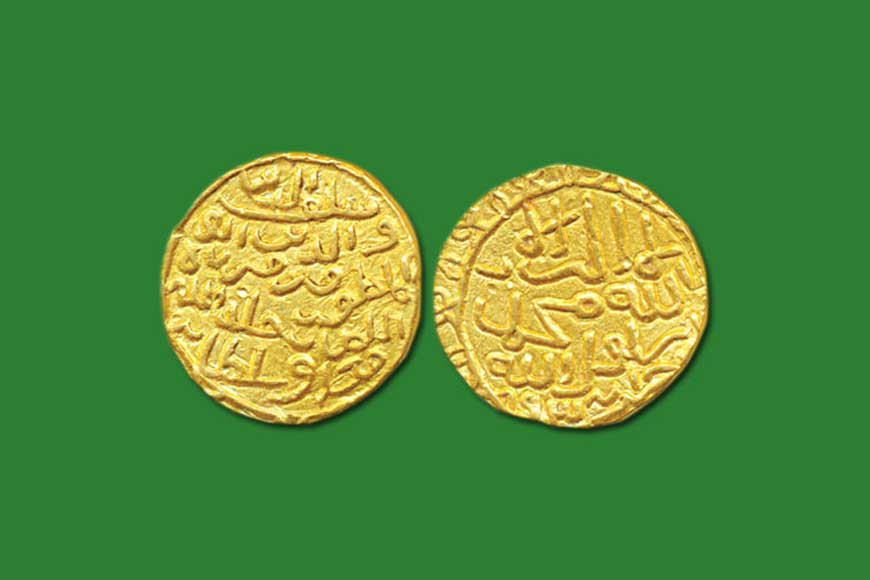Bengal was once upon a time ruled by African Kings!

An African king ruling Bengal? Does that seem a remote idea? Well not actually. Many royal coins found in Bengal reflects an era when this region was ruled by African kings who had been originally brought to India as slaves. Much of Bengal, in the thirteenth century was being ruled by the Muslim Sultans of Delhi. The Bengal Sultanate was established by Shams al-Din Ilyas Shah in 1352. Historian Stan Gordon has recorded that during this period a large number of Abyssinian (inhabitants of Ethiopia in East Africa) slaves had been recruited in the army of the Bengal Sultans. They did not just work in the army, but also rose to get involved in major administrative tasks such as act as court magistrates, collecting tolls and taxes and involved in services of law enforcement.
There was a major difference between African slavery in America and Europe and that in India. There was far greater social mobility for Africans in India. In India, they rose along the social ladder to become nobles, rulers or merchants in their own capacities. “In Europe and America, Africans were brought in as slaves for plantation and industry labour. In India on the other hand, African slaves were brought in to serve as military power.
 Bengal Sultanate Saif-Al-Din-Firuz-Shahs coin
Bengal Sultanate Saif-Al-Din-Firuz-Shahs coin
These were elite military slaves, who served purely political tasks for their owners. They were expensive slaves, valued for their physical strength. The elite status of the African slaves of Bengal ensured that many of them had access to political authority and secrets which they could make use of to become rulers in their own right. The Habshis (Ethiopians or Abyssinians) became one such royal power in Bengal.
Initially serving in the Army, the Habshis managed to seize power from the Sultans under the leadership of Barbak Shahzada and conquered the throne of the Bengal Sultanate. Barbak Shahzada laid the foundation of the Habshi dynasty in Bengal in 1487 and became its first ruler under the name of Ghiyath-al-Din Firuz Shah. Ghiyath-al-Din was followed by three other Abyssinian rulers. His successor Saif al-Din Firuz is considered the best of the Habshi rulers. He is said to have been a brave and just king, benevolent to the poor and needy, and a patron of art and architecture. Firuz is believed to have patronized the building of a number of religious and secular structures. Most well-known among these is the Firuz Minar at Gaur which still stands tall, in a good state of preservation. The Firuz Minar is often compared to the Qutub Minar in Delhi, both in appearance and its significance as a victory tower.
The Habshi rule of Bengal came to an end in 1493 AD, when Sayyid Husain Sharif Makki seized the throne and founded the Husaini dynasty. The systematic transportation of African slaves to India started with the Arabs and Ottomans and later by the Portuguese and the Dutch in the sixteenth -seventeenth centuries. Concrete evidence of African slavery is available from the twelfth-thrirteenth centuries, when a significant portion of the Indian subcontinent was being ruled by Muslims. However, it was only in parts of India like Bengal, where they rose to royalty.










